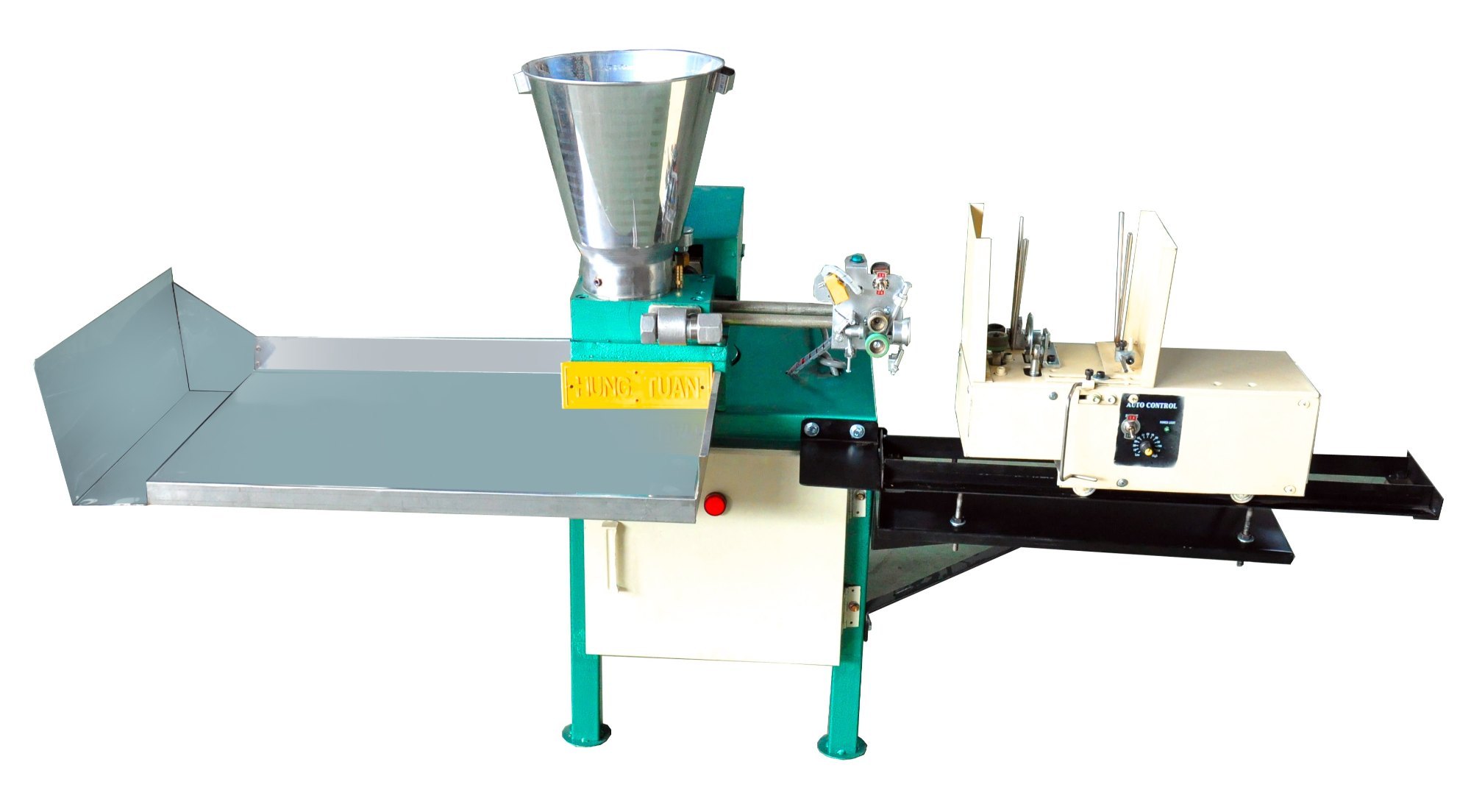Office
# 55/1,1st Floor, Adithya Nagar Yelahanka Main Road MS Palya, Vidyarantapura
Bangalore , karnataka
India (560097)

Agarbatti, also known as incense sticks, holds a significant place in Indian culture and religious practices. The demand for agarbatti has led to the growth of a thriving industry, including the manufacturing of agarbatti-making machines. These machines have revolutionized the production process, making it more efficient and scalable. India is a leading producer of agarbatti, and the industry has seen a rise in the number of manufacturers who specialize in producing agarbatti machines.
The agarbatti industry in India is deeply rooted in tradition, with incense sticks being used in religious ceremonies, rituals, and even for aromatherapy. The market for agarbatti has expanded beyond India, with significant exports to countries in Southeast Asia, the Middle East, and Africa. The growth of this industry has led to increased demand for automated manufacturing processes, resulting in the development of specialized machinery for agarbatti production.
Manual Agarbatti Machines: These are basic machines that require manual intervention. They are cost-effective and ideal for small-scale manufacturers. These machines are simple to operate and are typically used in rural areas where labor is readily available. However, they have lower production capacity compared to automated machines.
Semi-Automatic Agarbatti Machines: Semi-automatic machines are a step up from manual machines. They combine manual intervention with some level of automation, making the production process faster and more efficient. These machines are popular among medium-sized manufacturers.
Fully Automatic Agarbatti Machines: Fully automatic machines represent the pinnacle of agarbatti manufacturing technology. These machines can handle the entire production process, from mixing the ingredients to forming and drying the agarbatti. They are capable of producing large quantities of incense sticks with minimal human intervention. Fully automatic machines are commonly used by large-scale manufacturers who supply to both domestic and international markets.
High-Speed Agarbatti Machines: Designed for maximum efficiency, high-speed agarbatti machines can produce a large number of sticks per minute. These machines are equipped with advanced features such as automatic cutting, high-precision controls, and energy-efficient motors. They are ideal for manufacturers who need to meet high demand in a short period.
The manufacturing process of agarbatti involves several stages, including mixing, rolling, drying, and packaging. The role of machines in each of these stages is crucial in determining the quality and consistency of the final product.
Mixing: The raw materials, which typically include bamboo sticks, charcoal, wood powder, and essential oils, are mixed to create the base for the agarbatti. Some machines are equipped with automated mixers that ensure the ingredients are blended uniformly.
Rolling: Rolling is the process where the mixed paste is applied to the bamboo sticks. In manual processes, this is done by hand, but with the advent of machines, this task is now automated. Machines ensure that the paste is evenly coated on the sticks, leading to uniform thickness and consistent burning.
Drying: After rolling, the agarbatti sticks need to be dried. In traditional setups, this is done by leaving the sticks in the sun. However, modern machines come with inbuilt drying systems that use controlled heat to dry the sticks faster, irrespective of weather conditions.
Packaging: Packaging is another area where machines play a significant role. Automated packaging machines can handle the delicate task of packing agarbatti sticks into boxes without damaging them. This step is crucial for maintaining the quality and aroma of the product.